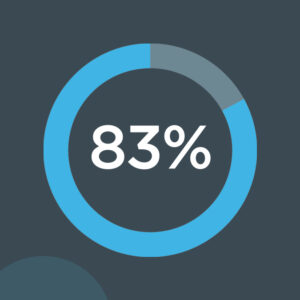In today’s digital age, technology has become an integral part of our lives, transforming the way we work, communicate, and access services. The legal industry is no exception, as it embraces technology to bridge the gap in access to justice, making legal services more accessible and affordable for all.
The Justice Gap
Access to justice has been a longstanding issue in many countries, with millions of individuals unable to afford legal representation or navigate complex legal systems effectively. This justice gap disproportionately affects marginalized communities and those with limited financial resources.
Legaltech Solutions as Game-Changers
Legaltech, short for legal technology, encompasses a range of innovative tools and software designed to streamline legal processes, improve efficiency, and enhance access to legal services. These technologies are revolutionizing the legal landscape in several key ways.
Online Legal Information and Resources
Legaltech platforms offer easily accessible online legal information and resources. Individuals can access guides, templates, and legal documents relevant to their cases. This empowers people to better understand their legal rights and options, reducing the need for costly legal consultations for basic inquiries.
Virtual Consultations and Document Review
Teleconferencing and video conferencing tools enable lawyers to offer virtual consultations, eliminating geographical barriers. Clients can seek legal advice and guidance from the comfort of their homes, making legal services more convenient and cost-effective.
Moreover, AI-powered document review tools analyze vast amounts of legal documents quickly and accurately, significantly reducing the time and cost associated with legal research.
Online Dispute Resolution (ODR)
ODR platforms facilitate the resolution of disputes online. These platforms use algorithms and AI to help parties reach fair settlements without the need for lengthy court proceedings. ODR is particularly beneficial for resolving low-value, high-volume cases efficiently.
Legal Aid and Accessible Representation
Legaltech solutions are also assisting legal aid organizations in reaching underserved populations. Chatbots and automated tools can provide preliminary legal assistance and direct individuals to appropriate resources or pro bono services.
Streamlined Court Processes
Technology is transforming court procedures by digitizing case management, e-filing, and electronic document submission. This reduces administrative overhead and simplifies court operations, ultimately expediting case resolution.
Challenges and Considerations
While legaltech offers tremendous potential for improving access to justice, it is not without its challenges. Concerns related to data security, privacy, and algorithmic bias must be carefully addressed. Additionally, not everyone has equal access to technology, which can exacerbate existing disparities.
Conclusion
Technology is playing a pivotal role in narrowing the justice gap and making legal services more accessible to a broader population. Legaltech solutions are leveling the playing field, enabling individuals to better understand their rights, access legal assistance, and resolve disputes efficiently. As technology continues to advance, the legal industry must adapt and harness its potential to ensure that justice is not only blind but accessible to all.



